
This is our “Future” issue, so naturally, the question on most of our minds is, ‘What’s next?’ The ebb and flow of the automotive industry is a reflection of what’s happening with the technology sector (and vice versa). And as we’ve seen, the current state is filled with plenty of excitement... and bigger questions than ever before.
What technologies could improve our experience and convenience? Will they ever make their way into our vehicles? Are self-driving cars really possible, or is the industry just caught up in hype?
Ford Futurist Sheryl Connelly has the tough task of trying to find those answers. “My job is to look outside the automotive industry,” Connelly says. “I have this unusual title of ‘Futurist,’ which is a bit of an anomaly because I spend most of my time reminding people that no one can predict the future. We have a three-year lead-time to build a car. So the challenge is that anytime a designer or engineer sits down to design the next iteration or model year – whatever it is – they have to anticipate what the future is going to hold. Since we have no crystal ball, one of the things we can use are trends. We pull from social, technological, economic, environmental and political arenas, and those are the five forces we think will shape the landscape.”
It’s hard enough to predict what will happen in one year, but multiply that by three and take into account each of these five factors and the crystal ball appears pretty hazy all of a sudden. Still, there are ideas, physical concepts and existing technologies that can provide us with a starting point as to what the future of automotive tech may bring.

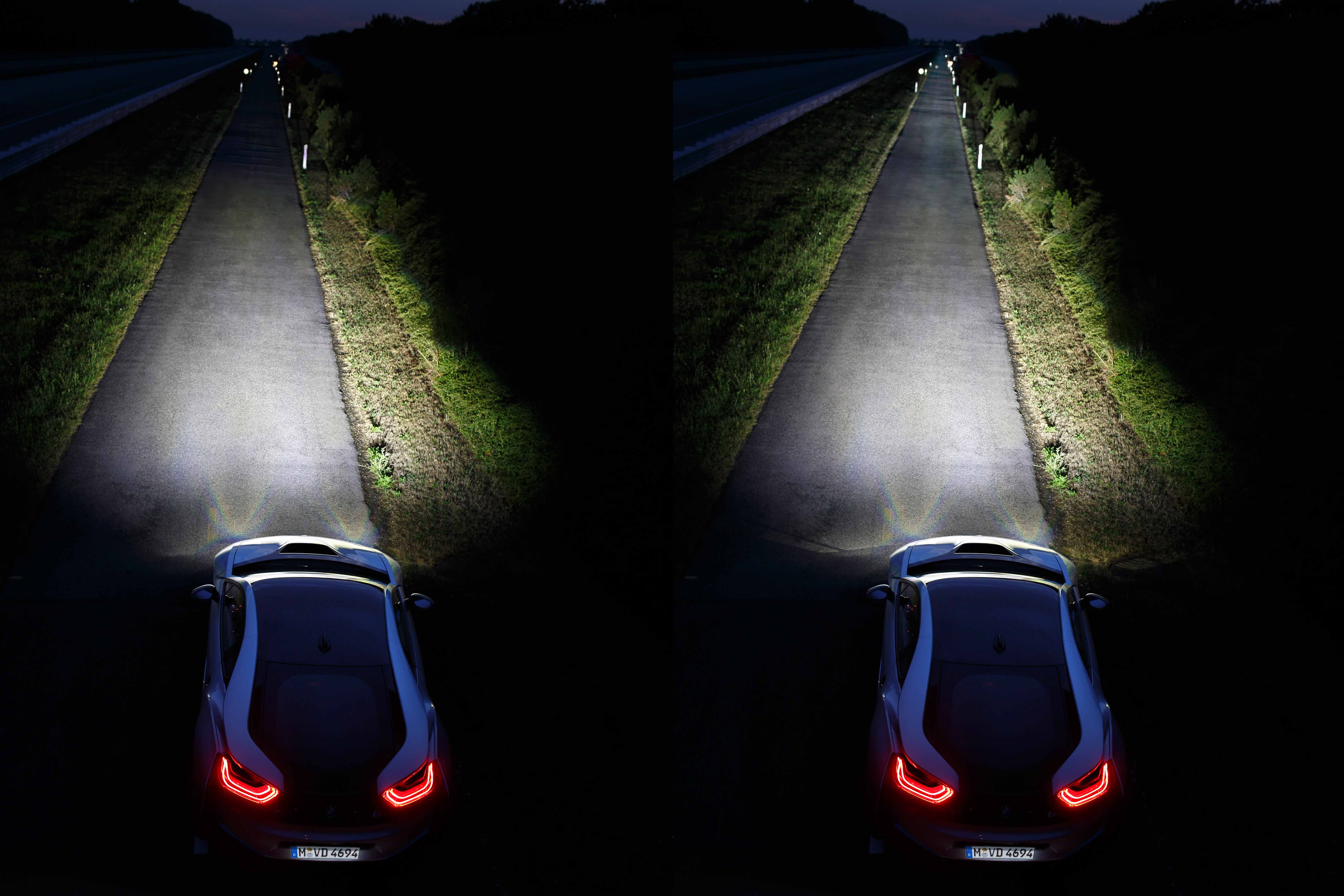 Laser Headlights
Laser Headlights
Audi, BMW and Mercedes-Benz have taken the reigns on the difficult task of reinventing the light bulb. The result? Lasers. It’s difficult to get more advanced than that, but despite the incredible range and greater vision they provide, it seems North America isn’t jumping on the idea as quickly as Europe. The problem is, while the extended range is a huge positive, the threat of light refraction on windshields and through other (oncoming) light sources that could possibly ‘blind’ other drivers is keeping lawmakers here from amending legislation in their favour. Automakers, however, are doing their best to convince transportation ministries that their tech is safe for everyone on the road.
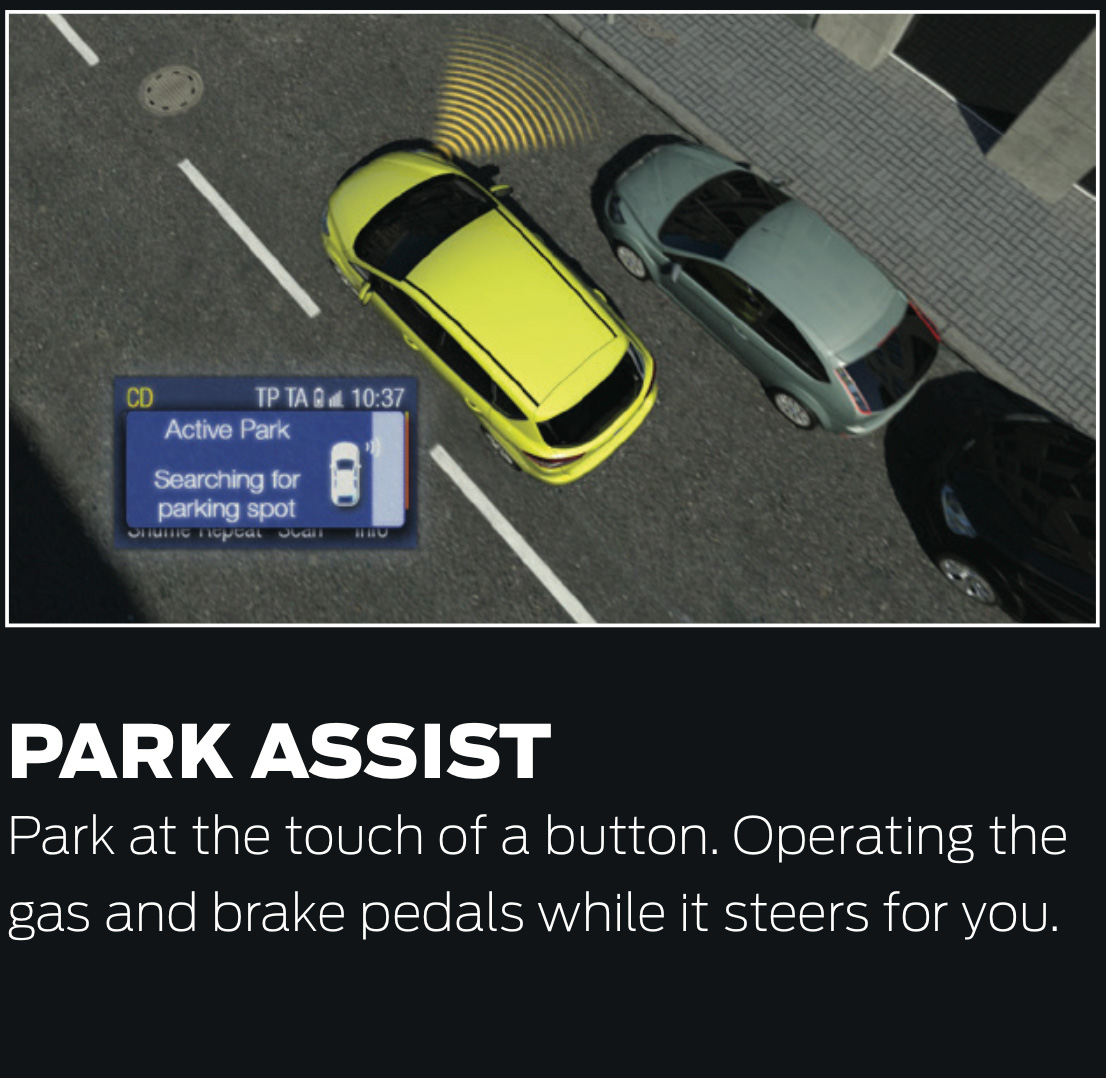
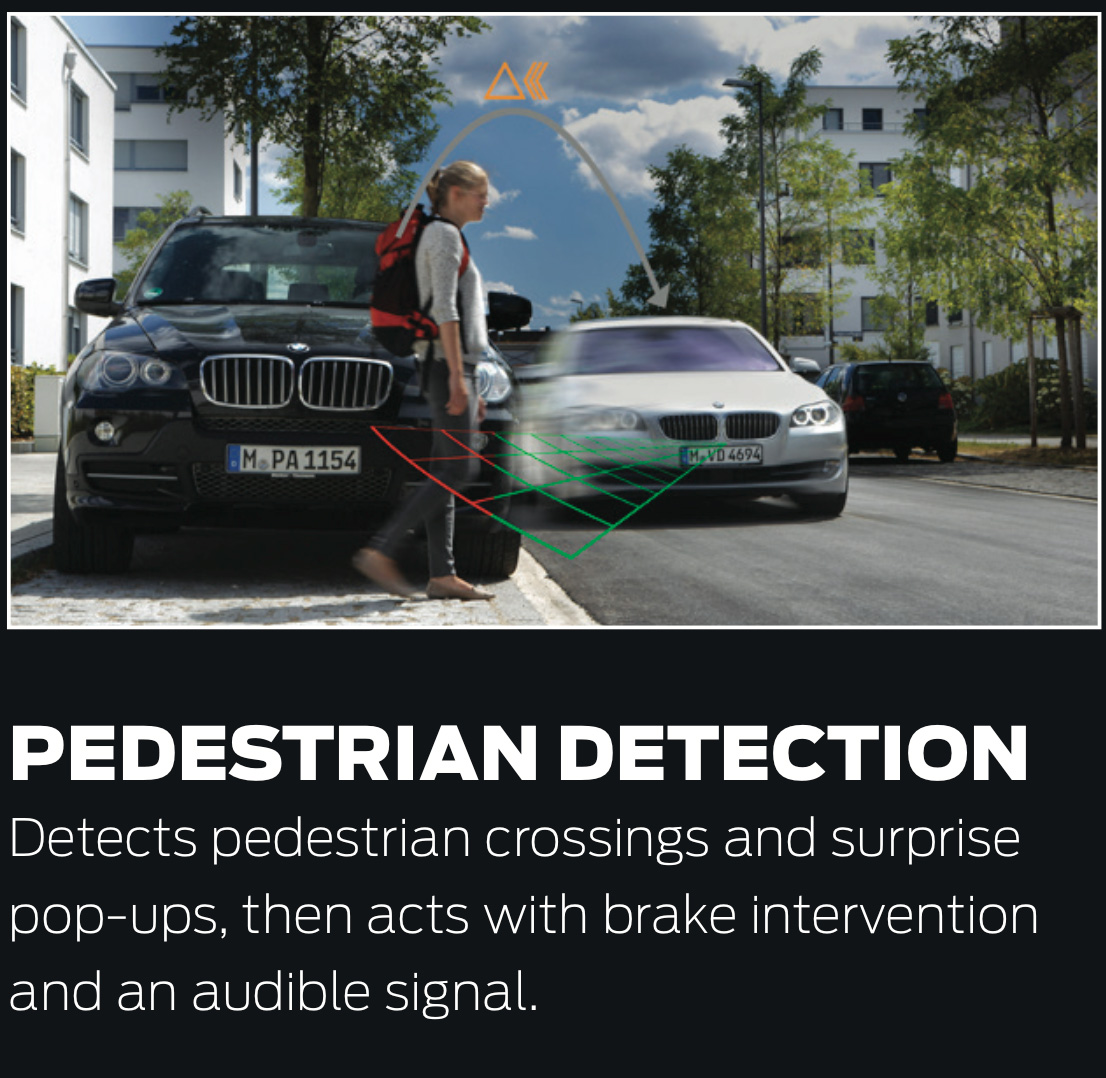
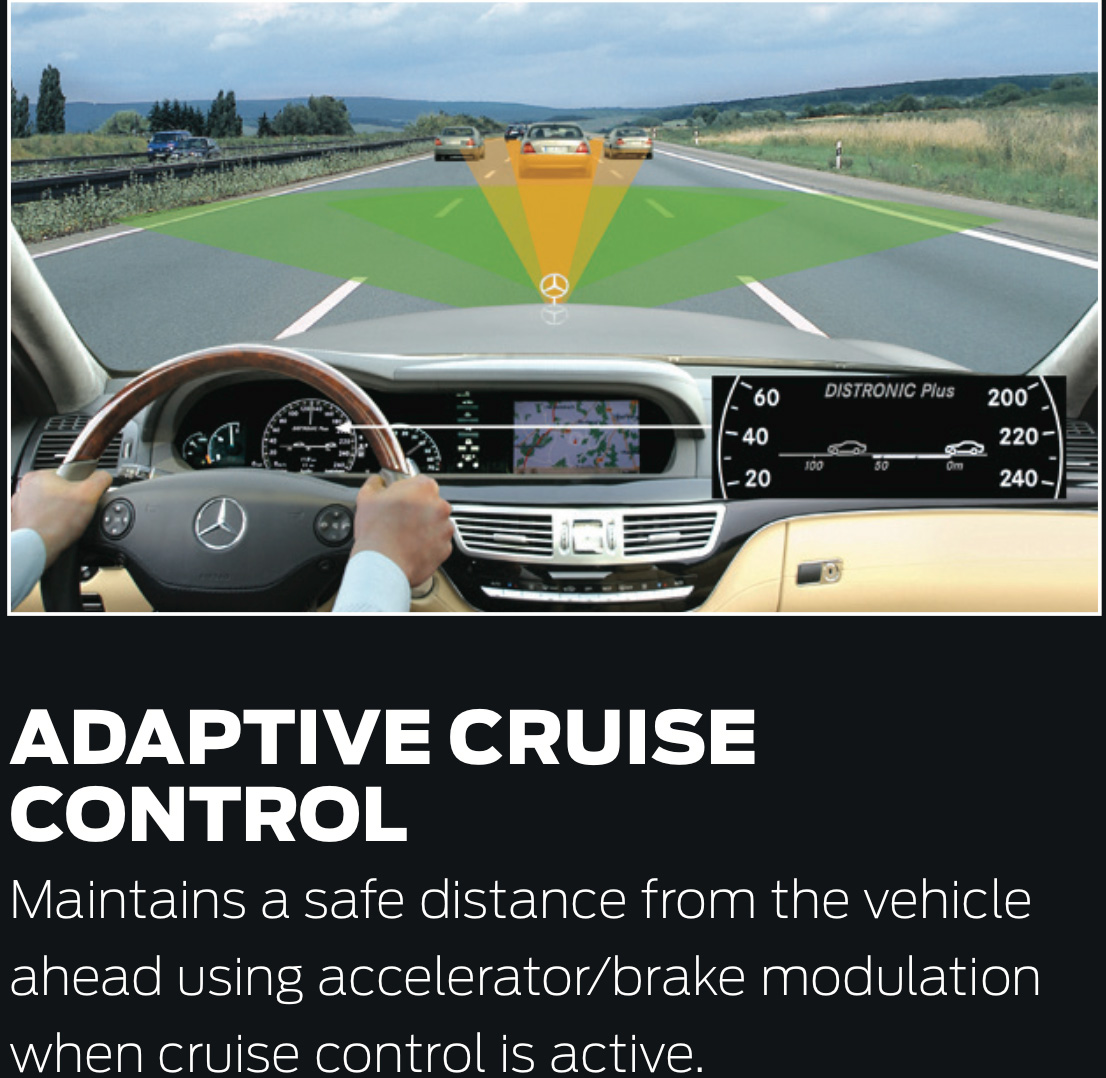
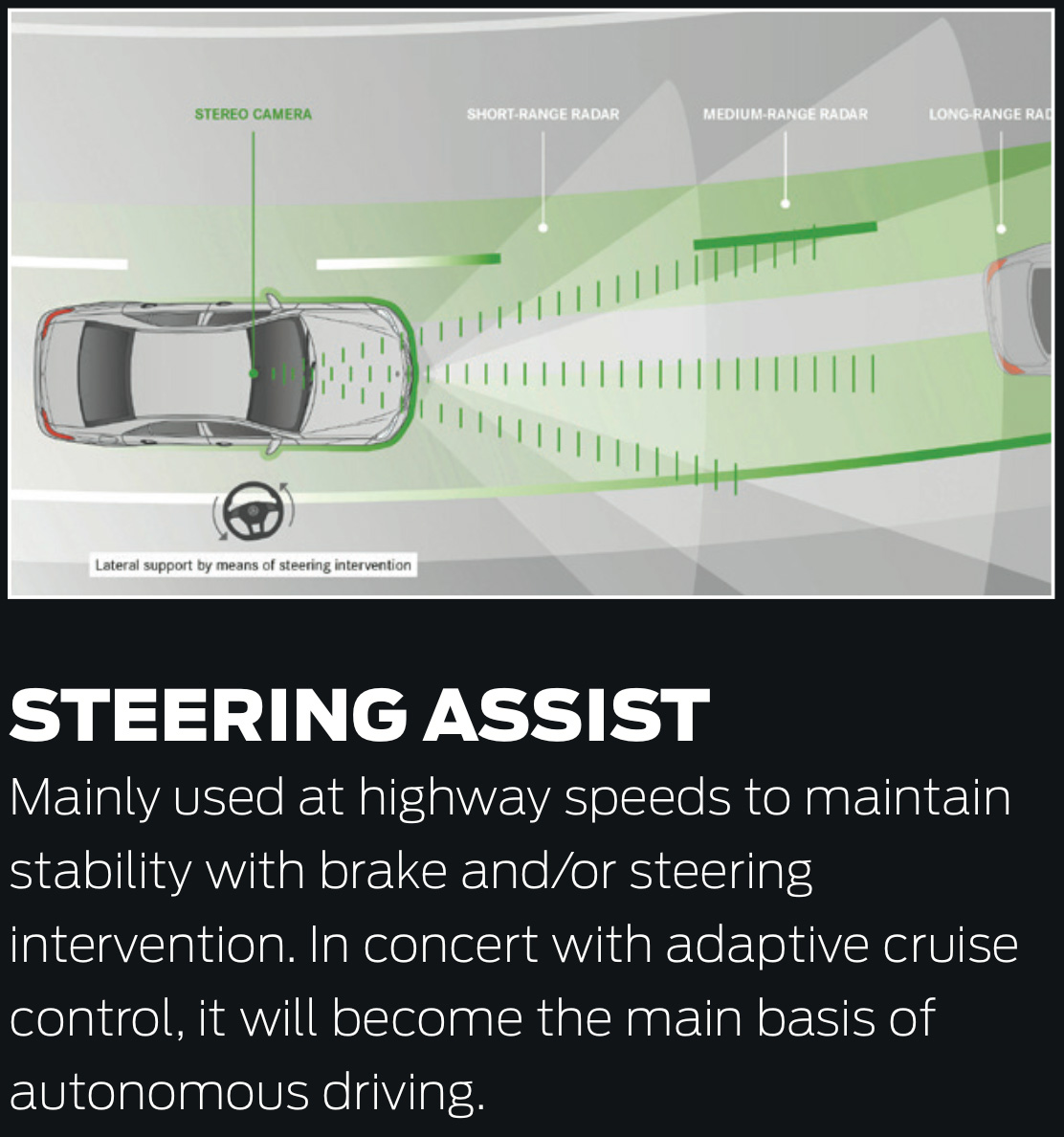
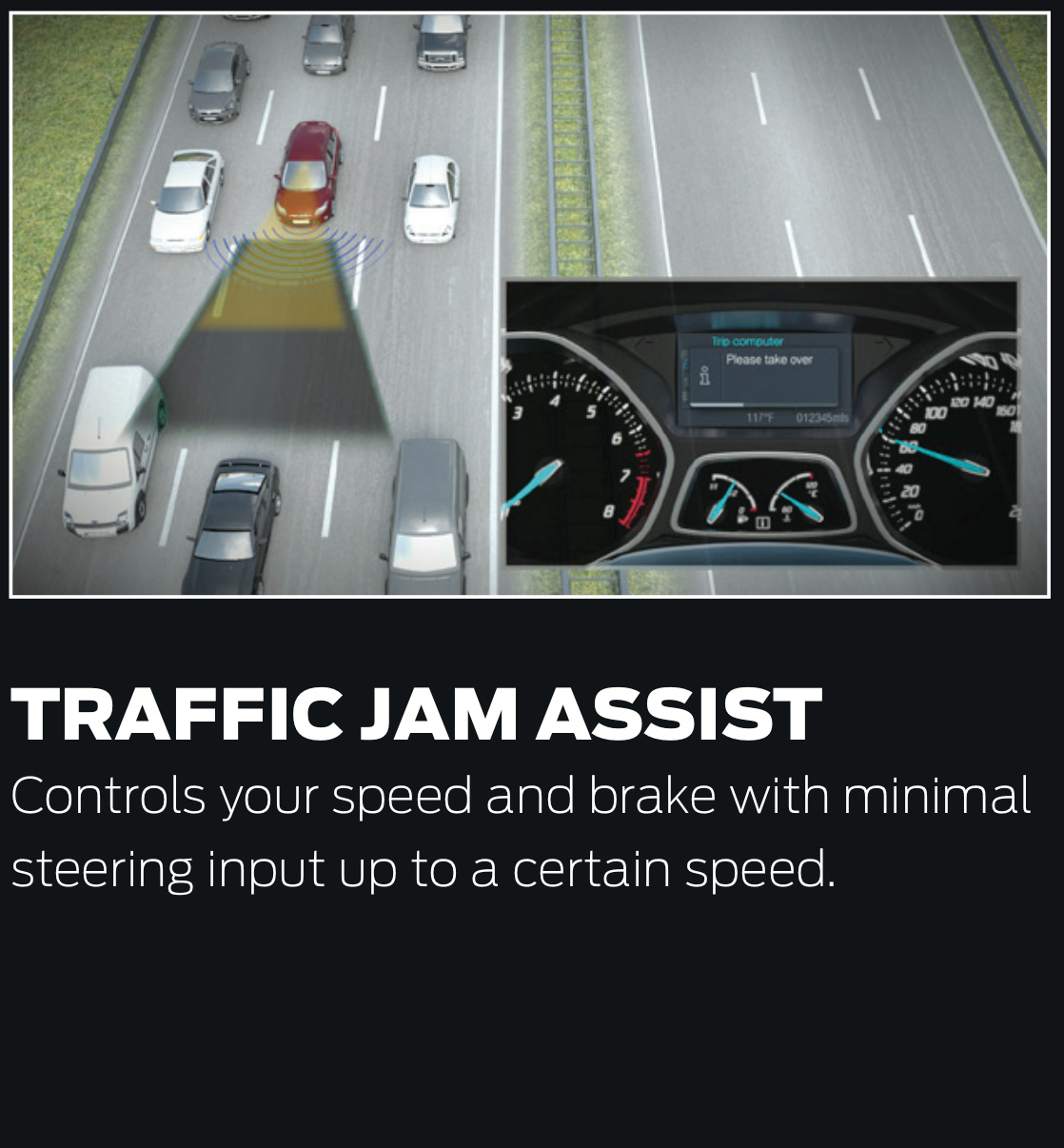
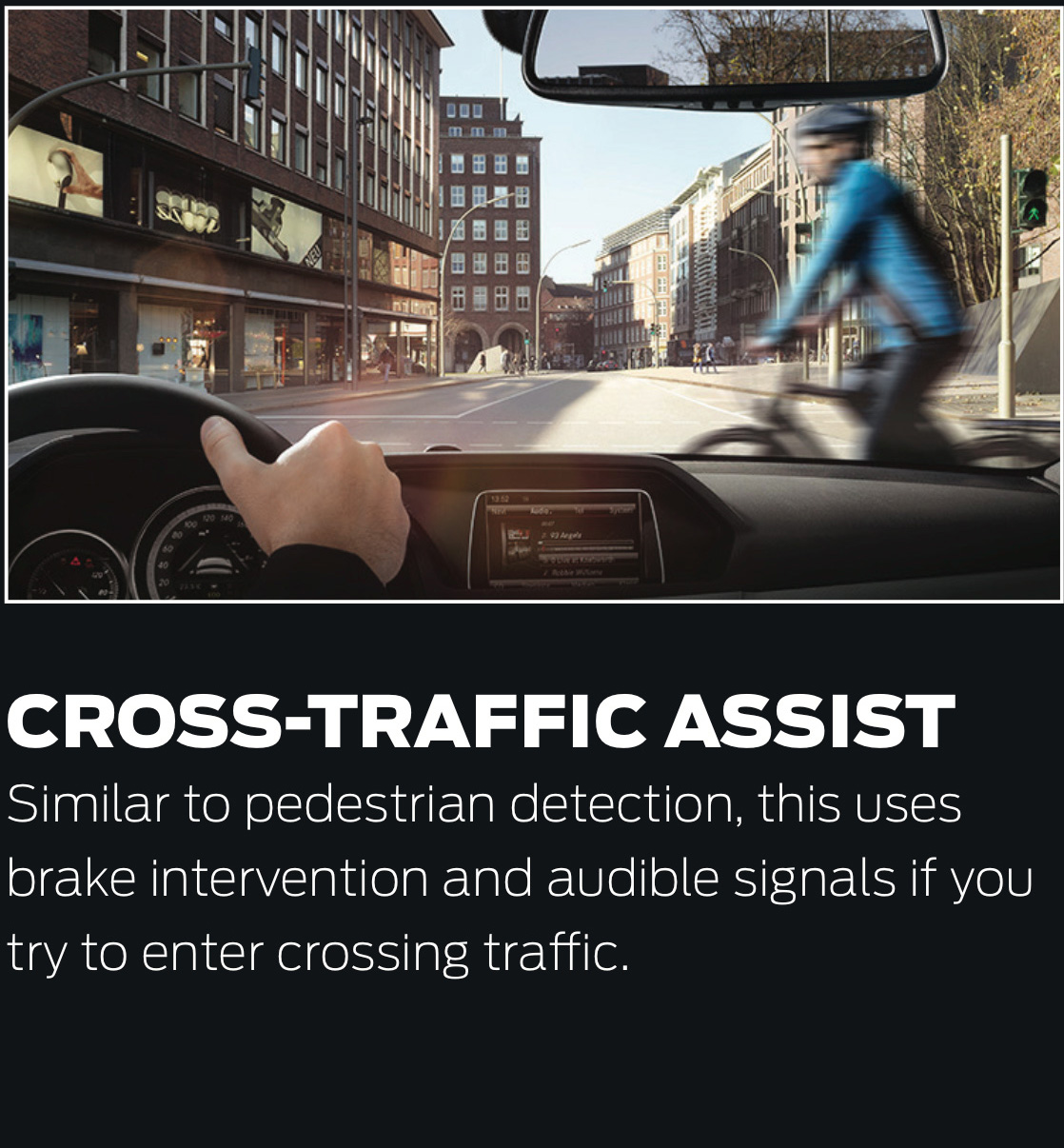
Where the Autonomous Cars Live - The Big Kahuna, The Future of the Automobile and The Enthusiast’s Worst Enemy
The good thing for us wheel turners and pedal pushers is, we’ll likely never experience a complete domination of self-driving cars on our streets – in our lifetime or beyond. Driving is a right of transport. But the likelihood of finding autonomous cars in downtown cores, dedicated highway lanes and suburbia in the next five to 10 years is getting closer to reality every day.
There are already plenty of existing technologies that have helped create a foundation for self-driving cars, including park assist, adaptive cruise control and lane-keep assist – the promise of autonomy reducing accidents and helping traffic flow is too enticing to pass up.
Past roadblocks preventing fully-automated cars on public roads (legalities and politics) have given way to real world testing in the U.S., Europe, Japan and China. Currently, California, Florida, Nevada and Michigan have all legalized road testing. Britain recently launched its own program, while municipalities in Belgium, France, Germany and Italy are also preparing for some sort of autonomous integration in core areas as well.
Last December, Ontario’s Ministry of Transpiration became the first Canadian jurisdiction to develop a strategy for testing and autonomous legalization. A five-year pilot project would allow drivers to test self-driving cars in controlled conditions, under the condition that steering and pedal intervention are possible if the technology were to fail.
California has played a key role – as it usually does in automotive tech – as the most progressive in autonomous vehicle implementation. In May, the state adopted testing regulations that allow road tests for autonomous vehicle manufacturers and third-party vehicle modifiers, effective September 16. The bill was issued by Gov. Edmund Brown at Google’s headquarters, which speaks volumes about the seriousness of the Internet giant’s autonomous intent.
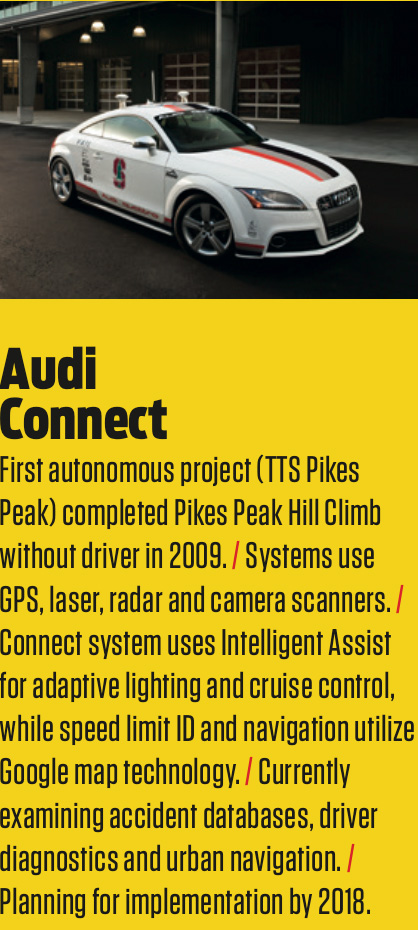

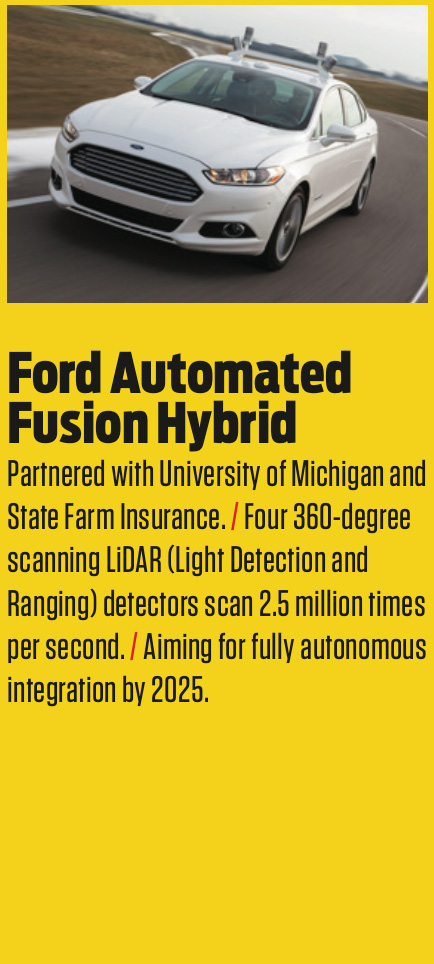
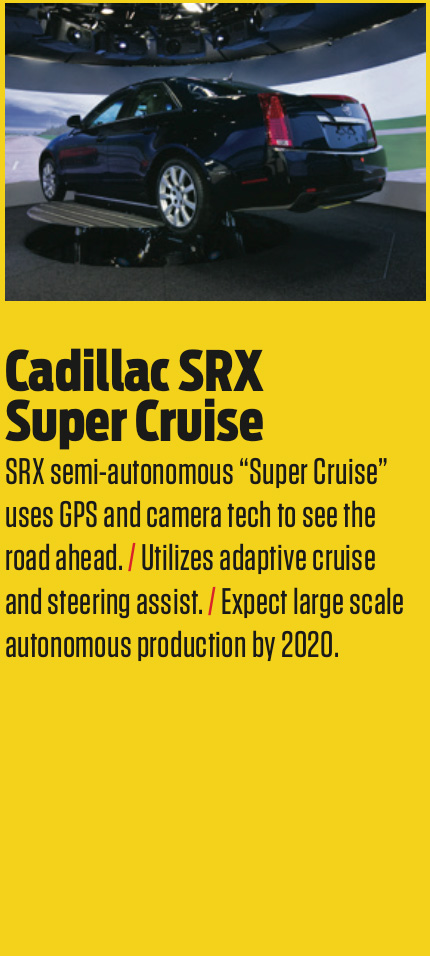
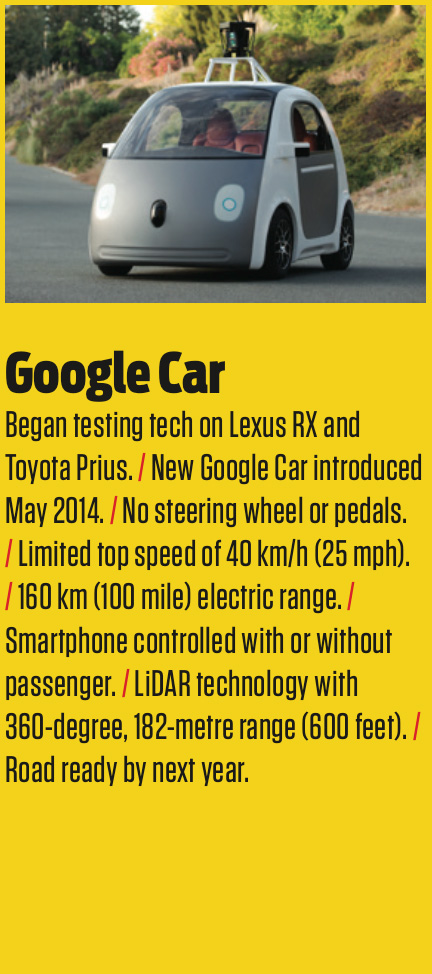
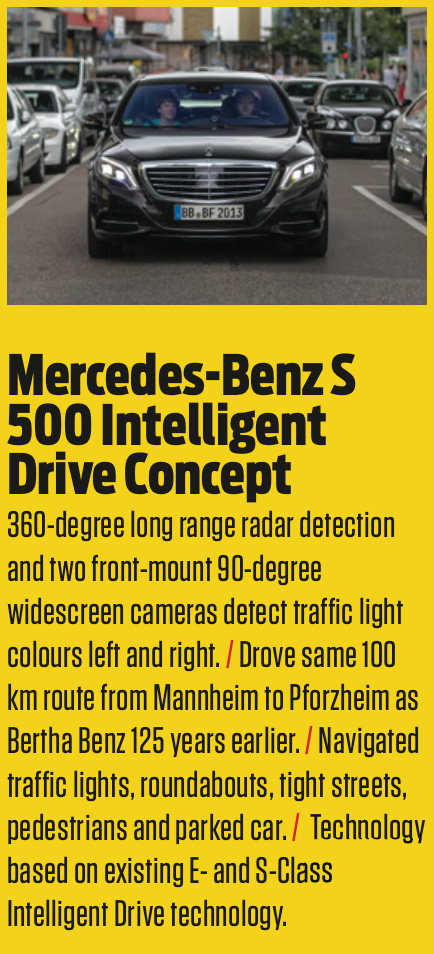
Selfie Concerns?
But what happens if something goes wrong? In addition to politics and existing transportation legislation, autonomous cars pose a huge conundrum for insurance companies and liability. Currently, liability laws are fairly straightforward. But with the possibility with autonomous, or even semi-autonomous technology on the horizon, some major restructuring needs to be done. Should an accident occur, who would be responsible, the manufacturer or the driver? Does the fault lie with the system or the driver who engaged it improperly? What if it involves an autonomous car and a human-driven car? Or better, two autonomous cars? A number of jurisdictions and lawmakers are investigating these possibilities closely, and according to Reuters, Germany is considering the use of ‘black boxes,’ or data recorders, which opens another line of questions regarding cost and privacy. In the end, it will require some major paperwork on behalf of insurance companies and lawmakers around the globe.
Going Digital  Another key component to future tech is enabling connectivity, while still improving safety. “I think the new way we interact with a car is through these digital devices,” Connelly says. “They become an extension of us – by the music that we bring with us, the streaming – something that is more reflective of who we are and what our priorities are. “The problem is [offering that connectivity] when your hands are on the wheel, your eyes on the road and your mind on the drive.” In 2013, distracted driving accounted for 20 to 30% of all collisions and 2,406 deaths in Canada, according to Young Drivers of Canada. Undoubtedly, smartphones and electronic devices are a contributing factor. Although laws exist to discourage users from texting and browsing while driving, tomorrow’s vehicles will include more technology than ever before, placing the onus of safety on automakers like never before. And that perhaps, is their greatest argument in favour of self-driving vehicles.
Another key component to future tech is enabling connectivity, while still improving safety. “I think the new way we interact with a car is through these digital devices,” Connelly says. “They become an extension of us – by the music that we bring with us, the streaming – something that is more reflective of who we are and what our priorities are. “The problem is [offering that connectivity] when your hands are on the wheel, your eyes on the road and your mind on the drive.” In 2013, distracted driving accounted for 20 to 30% of all collisions and 2,406 deaths in Canada, according to Young Drivers of Canada. Undoubtedly, smartphones and electronic devices are a contributing factor. Although laws exist to discourage users from texting and browsing while driving, tomorrow’s vehicles will include more technology than ever before, placing the onus of safety on automakers like never before. And that perhaps, is their greatest argument in favour of self-driving vehicles.






















